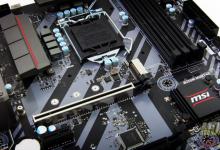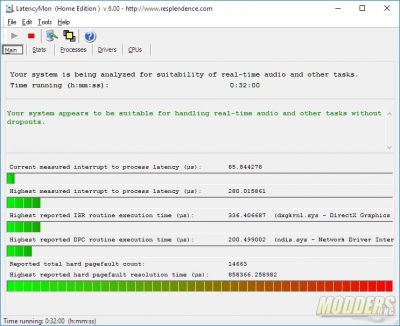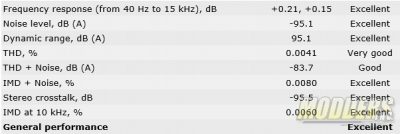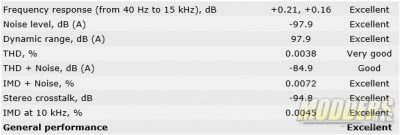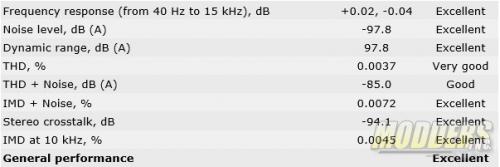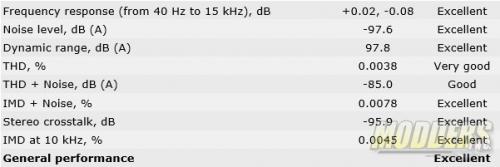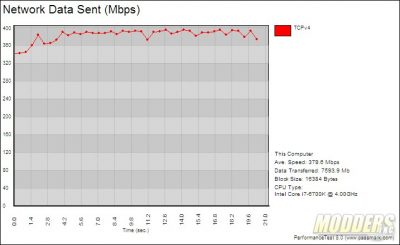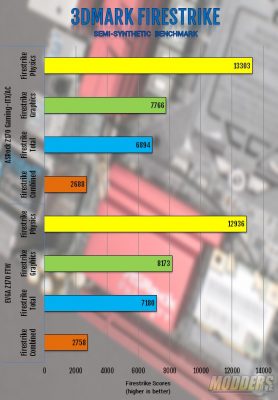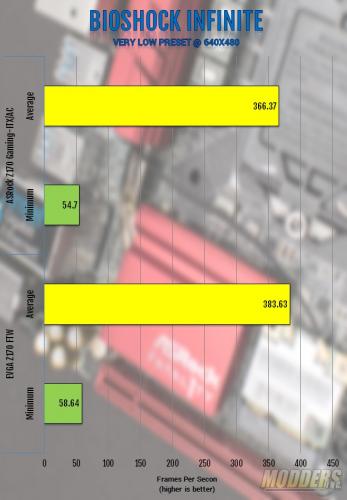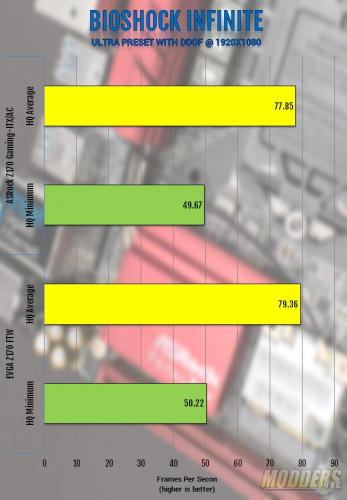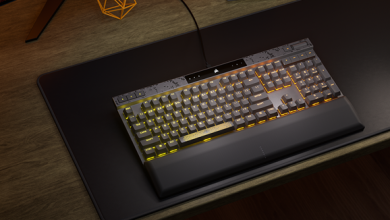ASRock Fatal1ty Z170 Gaming-ITX/AC Motherboard Review
Subsystem and Gaming Benchmarks
Six SATA 6G ports are provided by the Z170 chipset and two are via ASMedia ASM1061 controller:
For the USB 3.0 Ports, there are five provided in the back panel via Intel Z170 chipset, and four via the ASMedia ASM1142.
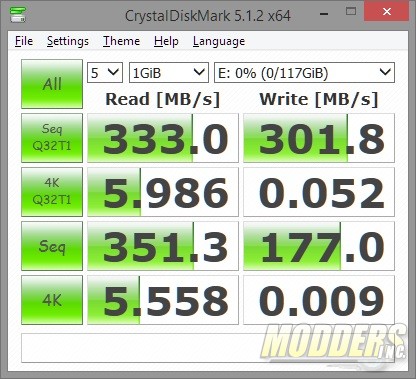
On-board Audio
Before proceeding with audio benchmarks, Deferred Procedure Call latency must be first checked to make sure that the system is capable of producing useable results when the Rightmark Audio Analyzer benchmark was run. DPC is a Windows function that involves prioritizing tasks within the OS and high DPC latencies can be caused by several things including hardware device conflict. The DPC Latency Monitor graphically displays the latency level of the system in real time.
After leaving the system running for one hour, the absolute maximum peaked at 191 microseconds while the system average for the most part stayed well below that. This means that there should be no hardware related issues or interruptions in terms of audio/video streaming performance while running the motherboard. Now we can run RightMark Audio Analyzer tests using a short 3-inch 3.5mm audioloop cable that goes in the rear line-in and line-out ports for a loopback test to objectively test internal audio performance. The 24-bit 96kHz and 48kHz settings were used with all effects disabled as usual.
24-bit 96kHz & 24-bit 192kHz
Network Connectivity
Network testing was conducted with an 8-port Cisco Catalyst 2960 Gigabit Switch and an Asus RT-AC87U configured as wireless access point and a pair of 6-ft long Cat5E cables connecting the server PC and the test motherboard. The server system is running an Intel Core i7-4770K processor on an MSI Z97M motherboard with an Intel dual port gigabit PCIe network card installed. Interrupt Moderation was disabled.
Intel i219V:
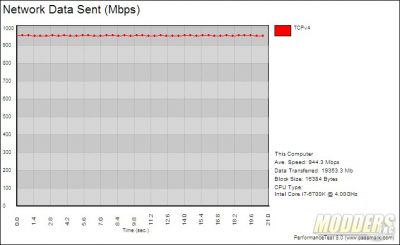
Gaming Tests
Futuremark’s 3DMark is a semi-synthetic gaming benchmark that calculates both graphics and CPU-bound physics in a controlled series of tests and provides scores that can be compared with other gaming platforms.
A gaming test run for Bioshock Infinite at the lowest resolution and settings was performed as well as a test with maximum details at a 1920 x 1080 resolution. CPU performance difference can be gauged due to the reduced reliance on the discrete GPU at those low levels theoretically but a high resolution benchmark was also conducted to see if there are inconsistencies with PCI-E graphics performance.

